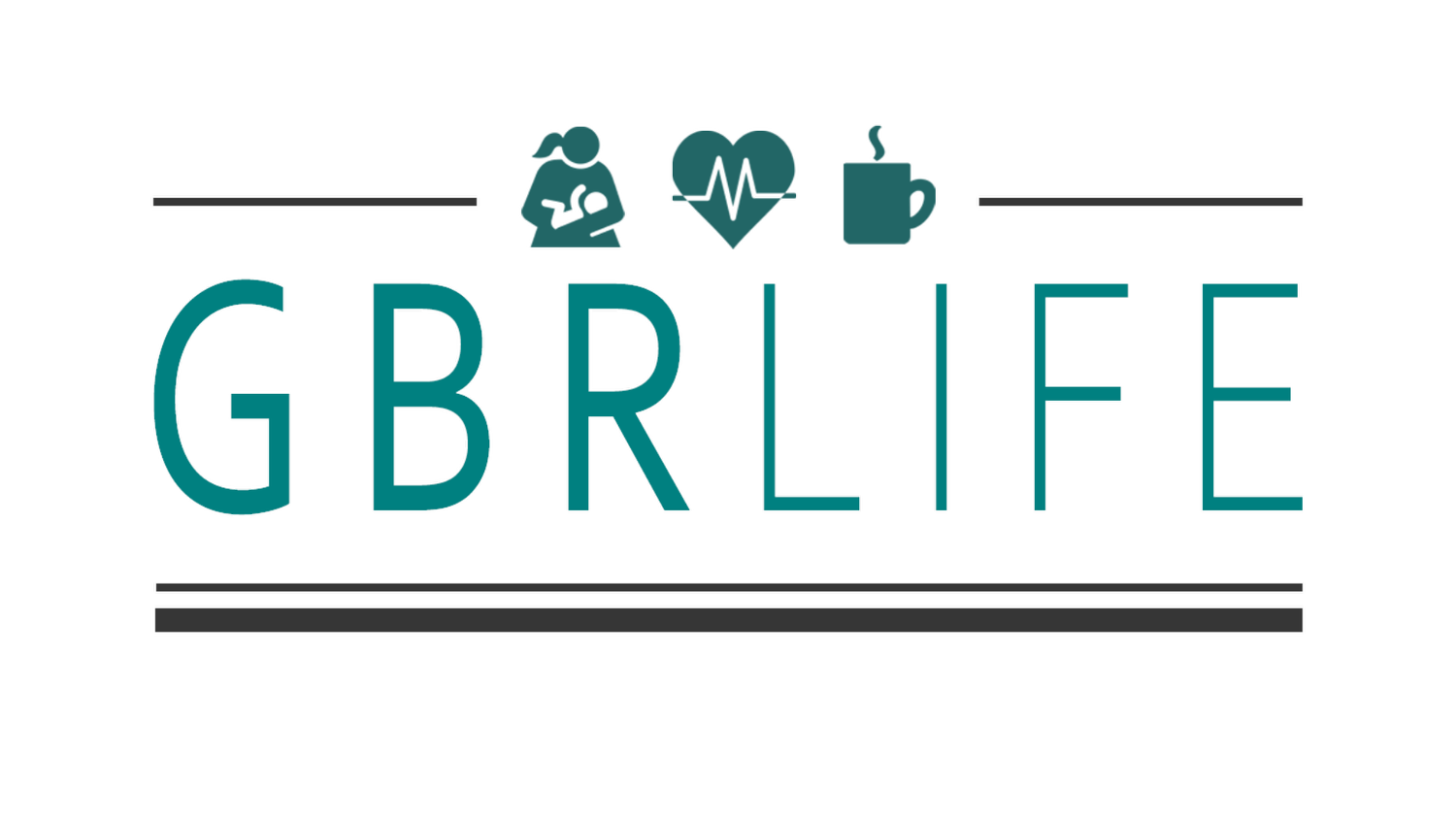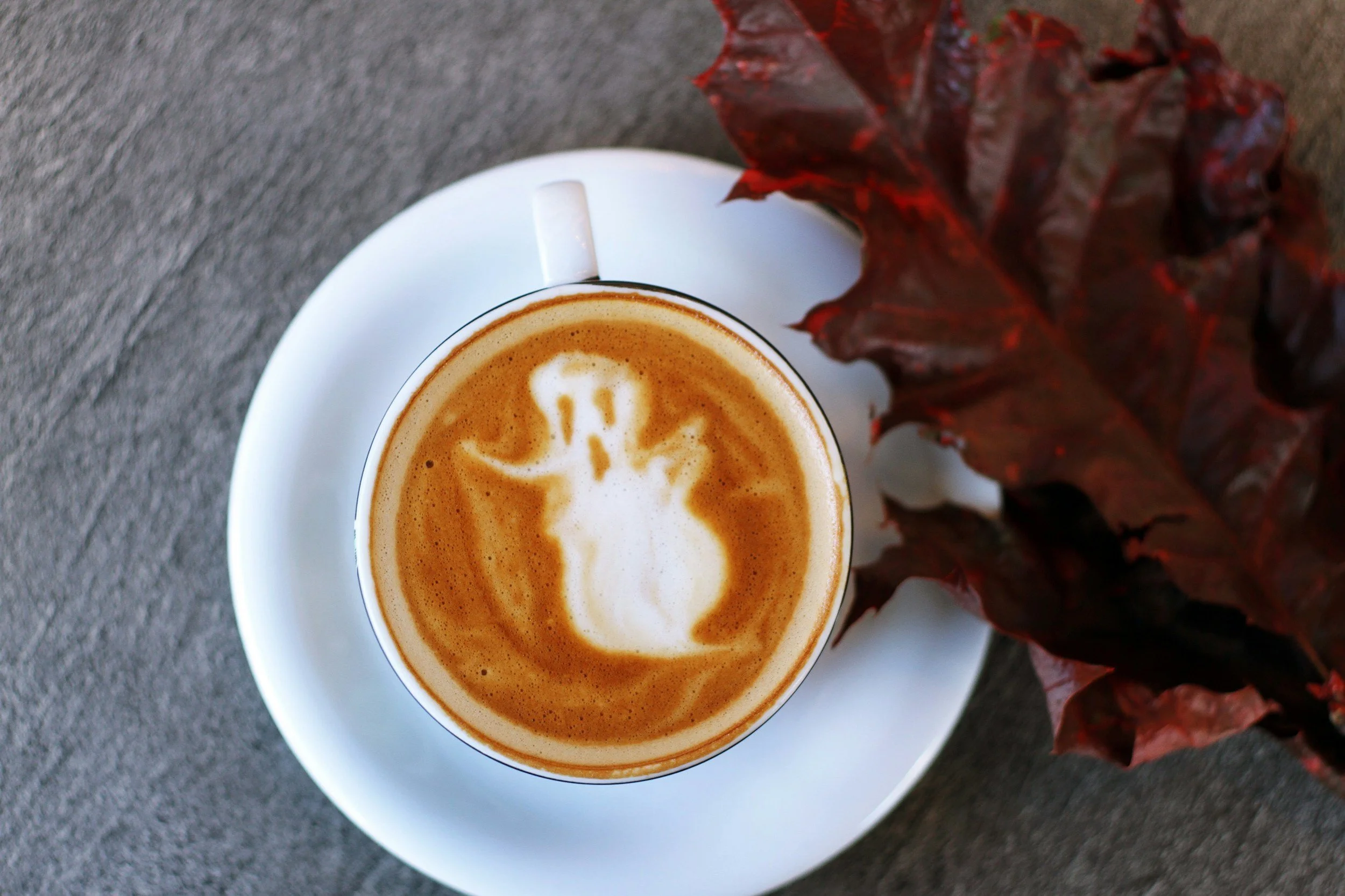The Science of Spookiness: Why We Love Being Scared on Halloween
Ever wonder why we deliberately seek out fear on Halloween? Why do we spend our hard-earned money on haunted houses, horror movies, and creepy costumes? As it turns out, there's some fascinating science behind our love of controlled fear, and Halloween provides the perfect laboratory for exploring it.
When you walk through a haunted house or watch a scary movie, your body kicks into high gear. Your heart races, palms sweat, and muscles tense – all thanks to a cocktail of chemicals flooding your system:
Image Credit: @heftiba
Adrenaline surges through your bloodstream, preparing you for fight or flight
Dopamine creates a natural high, rewarding your bravery
Endorphins rush in after the scare, leaving you feeling euphoric
Oxytocin increases when you cling to your friends, strengthening social bonds
Serotonin helps regulate the whole experience, keeping you grounded
The key difference between Halloween frights and real danger? You know you're safe. This security blanket allows you to enjoy the thrill without the trauma.
Research shows that our response to Halloween frights varies based on personality type:
Adrenaline Seekers: About 20% of people have a genetic predisposition to thrill-seeking
Cautious Explorers: The majority enjoy mild scares but know their limits
Fear Avoiders: Some people are naturally more sensitive to fear stimuli
Interestingly, studies suggest that moderate fear exposure can actually help treat anxiety and phobias through a process called "exposure therapy." Halloween provides a socially acceptable way to face our fears in a controlled environment.
Evolution of Halloween Traditions
Ancient Roots
Image Credit: @adinc
Celtic Samhain: Ancient festival marking the end of harvest
Roman Feralia: Day of honoring the dead
Medieval All Hallows' Eve: Christian adaptation of pagan customs
Modern Traditions and Their Origins
Jack-o'-Lanterns: Originally carved from turnips in Ireland to ward off evil spirits
Trick-or-Treating: Evolved from the practice of "souling" - giving food to the poor
Costumes: Started as a way to disguise oneself from wandering spirits
Modern haunted houses are carefully engineered to maximize fear response while maintaining safety. Here's how they work:
Physical Triggers
Darkness: Reduced visibility increases anxiety
Unexpected Sounds: Sudden noises trigger startle response
Temperature Changes: Cold spots activate primitive survival instincts
Strobe Lights: Disrupt visual processing and create disorientation
Psychological Elements
Anticipation: Often scarier than the scare itself
Forced Choice: Creating decision points increases anxiety
Social Proof: Seeing others scared heightens your own fear
Pattern Interruption: Breaking expected sequences creates unease
Want to maximize your spooky season experience? Try these science-backed tips:
Go with friends
Groups of 3-4 are optimal for haunted house experiences
Social bonding increases during shared fear experiences
Friends provide safety cues and emotional support
Start small
Begin with mild scares and gradually increase intensity
Try watching classic horror films before modern extreme horror
Visit family-friendly haunted houses before intense ones
Stay present
Practice mindful observation of your fear response
Notice how quickly fear subsides
Remember your past successes with scary situations
Embrace the fun
Set clear boundaries for your comfort level
Use humor to break tension
Remember it's all pretend!
Image Credit: @blunkorama
Fascinating fact: nearly every culture has some version of Halloween – a time when we collectively face our fears of death, darkness, and the unknown. From Mexico's Day of the Dead to China's Hungry Ghost Festival, humans seem universally drawn to exploring these themes together.
Global Halloween-like Celebrations:
Día de los Muertos (Mexico): Colorful celebration of ancestors
Hungry Ghost Festival (China): Month-long acknowledgment of spirits
Pitru Paksha (India): Fortnight dedicated to honoring ancestors
Obon (Japan): Festival of lanterns to guide spirits home
Research suggests that people who enjoy horror experiences might actually be better at handling real-life stress. Like emotional weight-lifting, controlled exposure to fear helps build resilience. Studies have shown several benefits:
Improved stress management
Enhanced emotional regulation
Stronger immune system response
Better sleep (after the adrenaline wears off)
Increased sense of accomplishment
While we're celebrating the fun of fear, let's remember some practical safety advice:
Check candy before consuming
Use reflective tape on dark costumes
Keep decorative candles away from flammable materials
Consider allergen-free treats for visitors
Plan safe routes for trick-or-treating
As Halloween continues to evolve, we're seeing new trends in how we celebrate our love of controlled fear:
Virtual reality haunted houses
Interactive horror experiences
Horror-themed escape rooms
Halloween-themed fitness classes
Spooky meditation sessions
So this Halloween, when you're jumping at shadows or screaming in a haunted house, remember: you're not just having fun, you're participating in an age-old human tradition of turning fear into festivity. You're also giving your body and mind a healthy workout in emotional regulation and stress management. And that's pretty spooktacular!
Happy Halloween! Stay scared (in the best possible way)!
Want to learn more about the science of fear? Check out your local university's psychology department – many offer special Halloween lectures on the topic!




